Optimal Timing for Siding Services
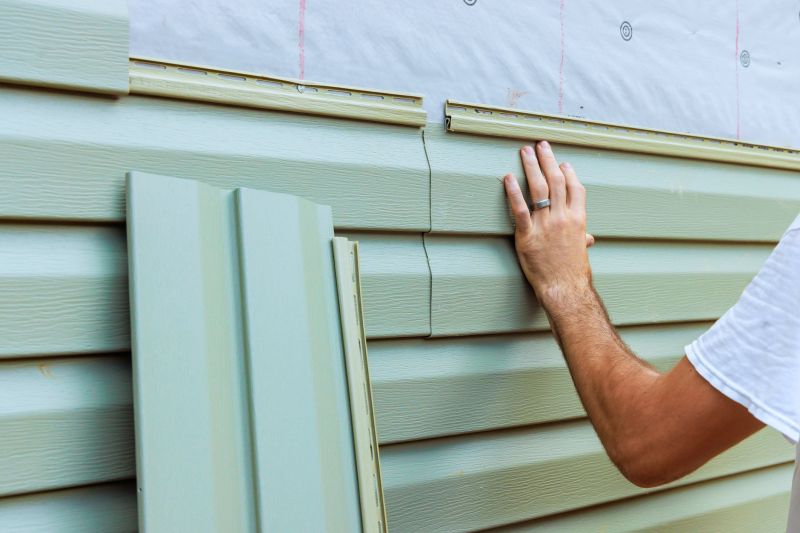
Spring offers moderate temperatures ideal for siding repairs and installation, reducing weather-related delays.
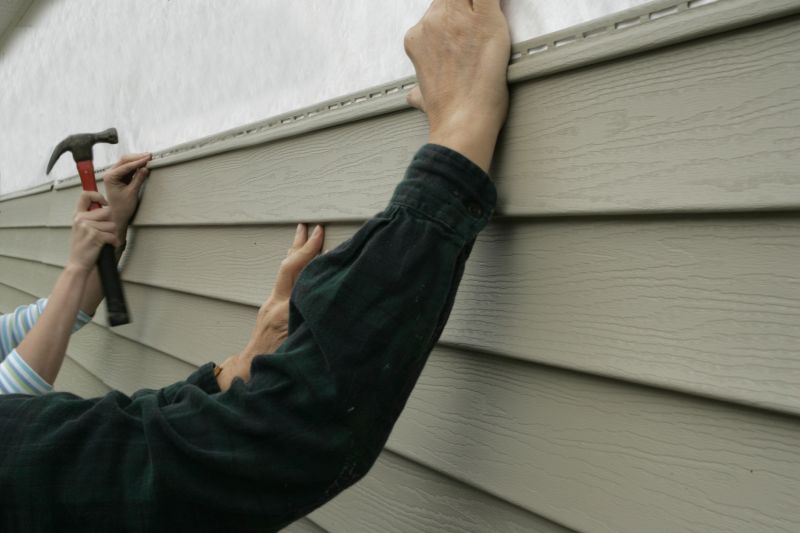
Summer provides longer daylight hours, facilitating efficient siding projects, but high temperatures require planning for worker safety.

Fall is suitable for siding upgrades to prepare homes for winter, with cooler weather aiding in proper installation.
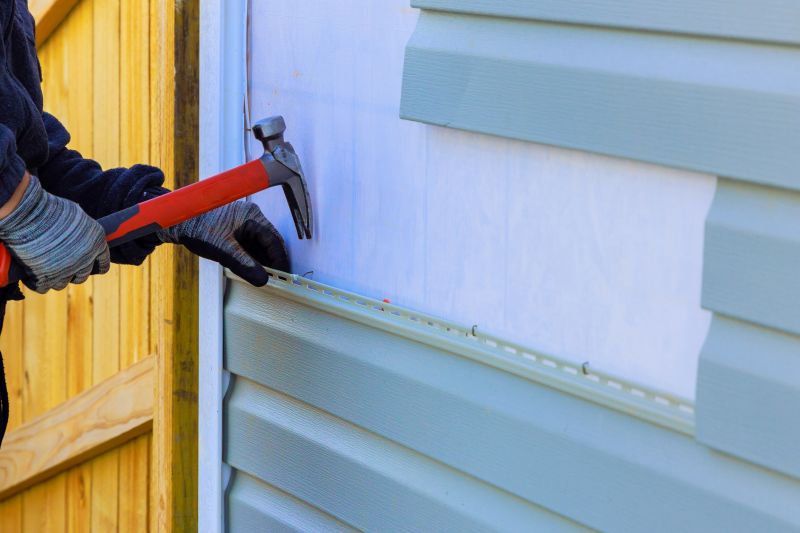
Ways to make Siding Service work in tight or awkward layouts.

Popular materials for Siding Service and why they hold up over time.
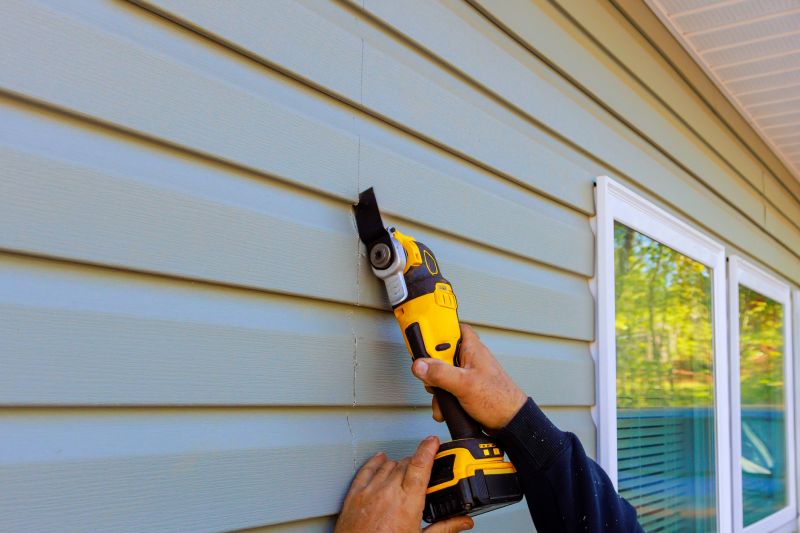
Simple add-ons that improve Siding Service without blowing the budget.

High-end options that actually feel worth it for Siding Service.
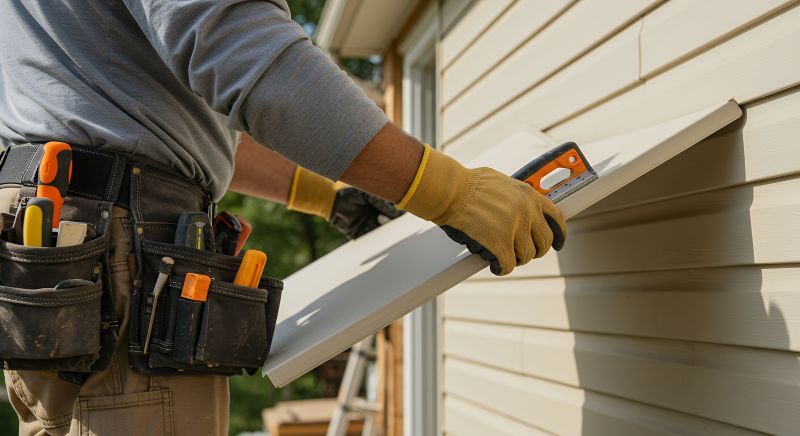
Finishes and colors that play nicely with Siding Service.
Siding service involves installing, repairing, or replacing the exterior cladding of a building. Proper siding enhances curb appeal and protects structures from weather elements. Timing is crucial to ensure optimal results, minimize disruptions, and take advantage of weather conditions that favor installation and repair work.
The best time for siding service depends on local climate, project scope, and personal scheduling preferences. Typically, mild weather seasons like spring and fall are preferred, as they offer moderate temperatures and lower humidity levels, which are conducive to high-quality siding installation and repair. Scheduling during these periods can also help avoid delays caused by extreme heat or cold, which can affect siding materials and adhesion.
Extreme temperatures can compromise siding materials and installation quality. Mild seasons help ensure durability and proper adhesion.
Plan siding work during periods with stable weather conditions to avoid delays and ensure optimal results.
Local climate in Redmond, WA, typically favors siding projects in spring and fall due to moderate temperatures and lower precipitation.
Summer months provide extended daylight, allowing for longer work hours and quicker project completion.
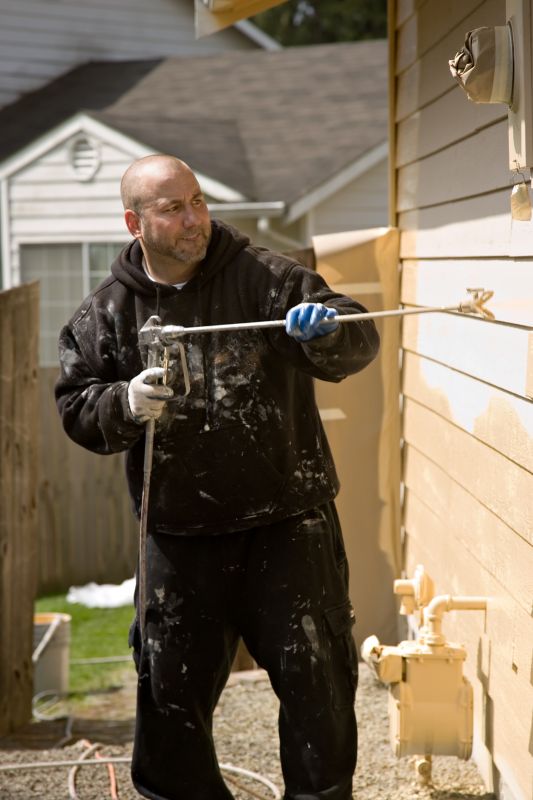
Spring offers ideal weather for siding projects, with moderate temperatures and less precipitation.
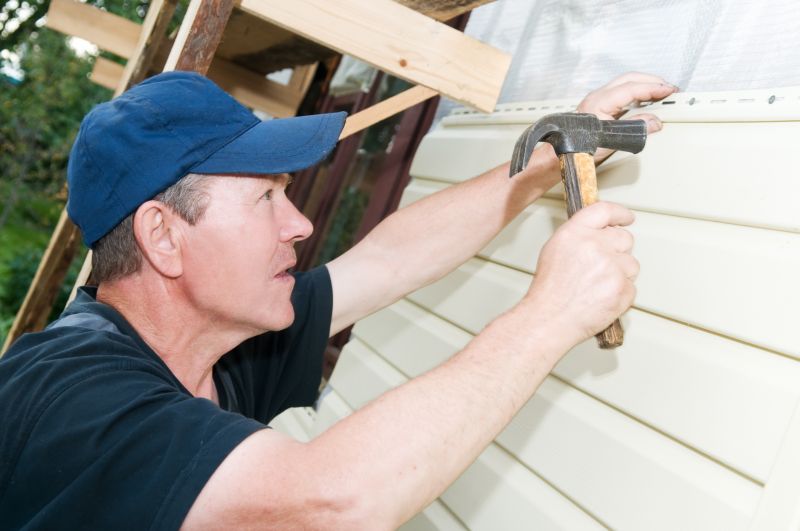
Summer allows for flexible scheduling and longer workdays, but high temperatures should be considered.
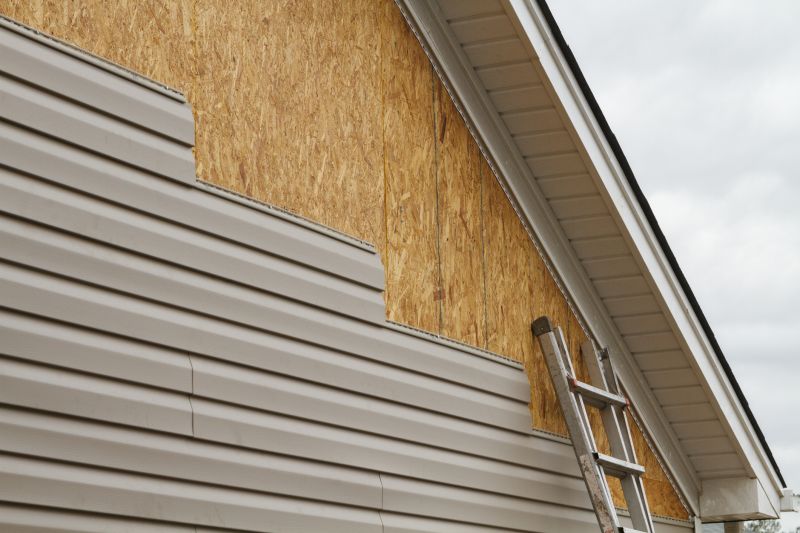
Fall prepares homes for winter, with cooler weather aiding in installation quality.
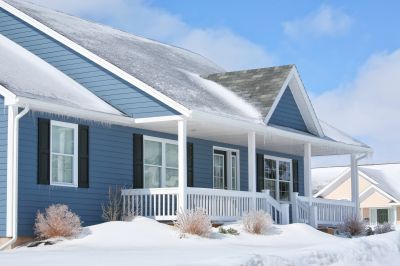
Winter poses challenges such as snow and freezing temperatures, which can delay siding work.
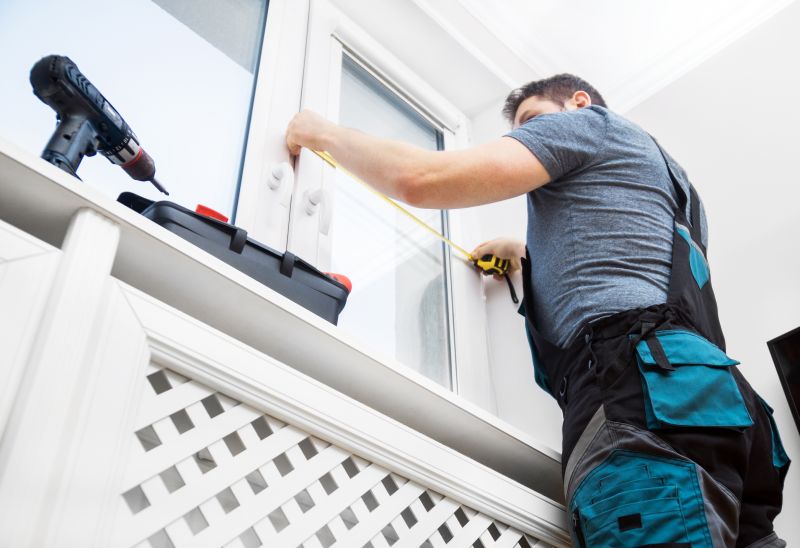
Little measurements that prevent headaches on Siding Service day.
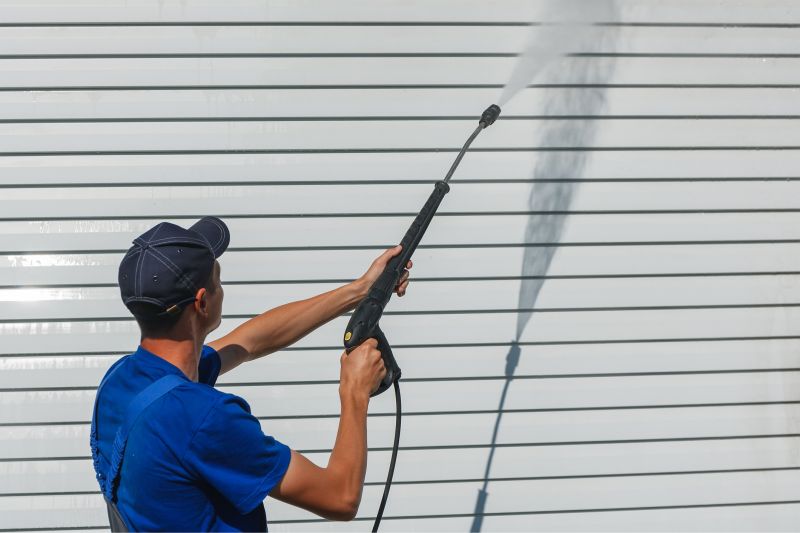
A 60-second routine that keeps Siding Service looking new.
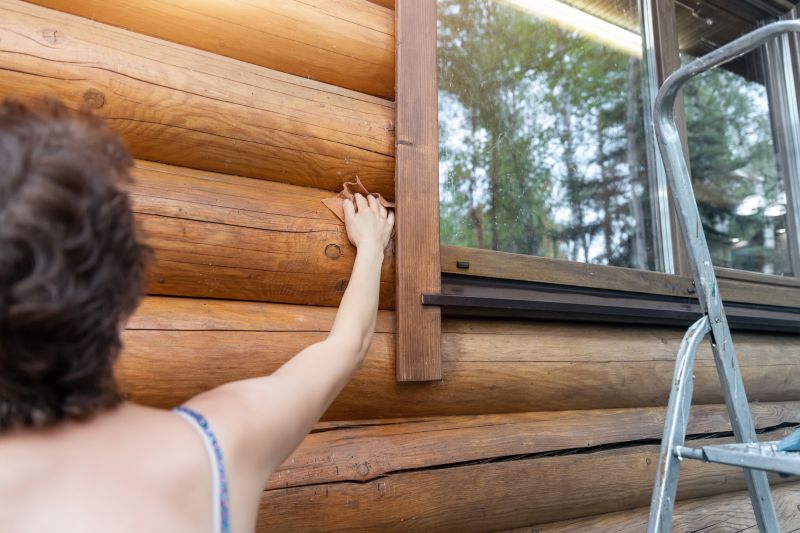
A frequent mistake in Siding Service and how to dodge it.

Small tweaks to make Siding Service safer and easier to use.
| Season | Advantages |
|---|---|
| Spring | Moderate weather, lower humidity, ideal for installation. |
| Summer | Longer daylight hours, flexible scheduling. |
| Fall | Prepares home for winter, cooler temperatures. |
| Winter | Limited; potential delays due to snow and cold. |
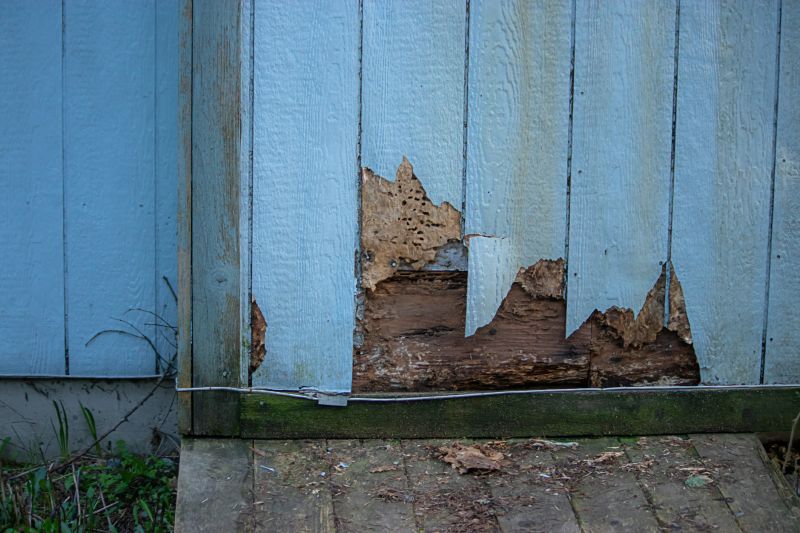
Spring's mild weather is optimal for repairing damaged siding before summer.

Summer's longer days facilitate efficient siding replacement projects.
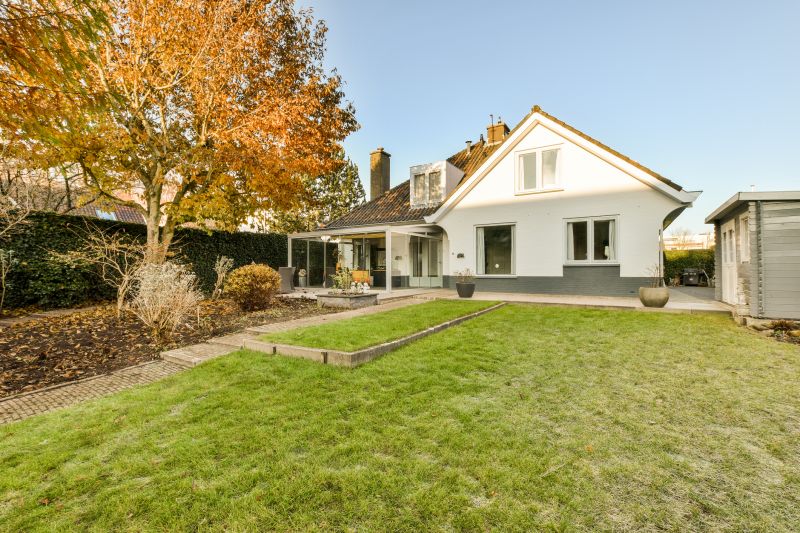
Fall is suitable for upgrading siding to withstand winter conditions.

Winter is generally less ideal due to weather constraints, but some projects may be scheduled with proper planning.

Lower-waste or water-saving choices for Siding Service.

The short, realistic tool list for quality Siding Service.
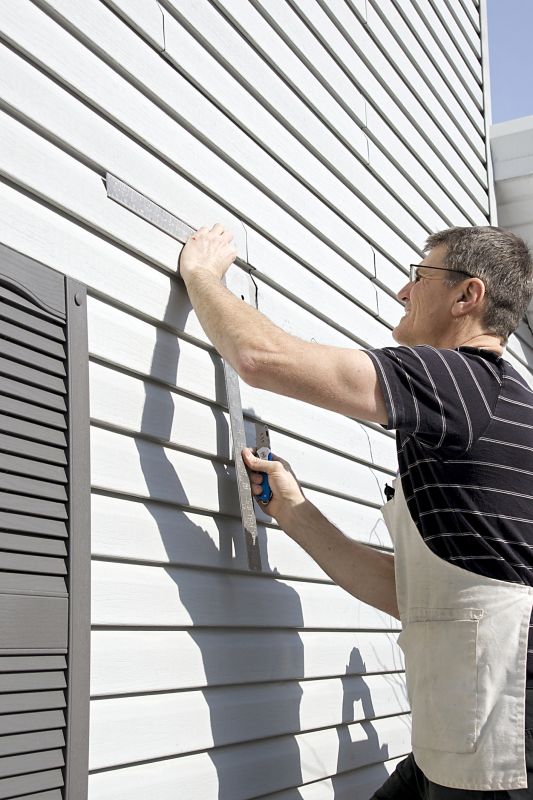
Rough timing from prep to clean-up for Siding Service.
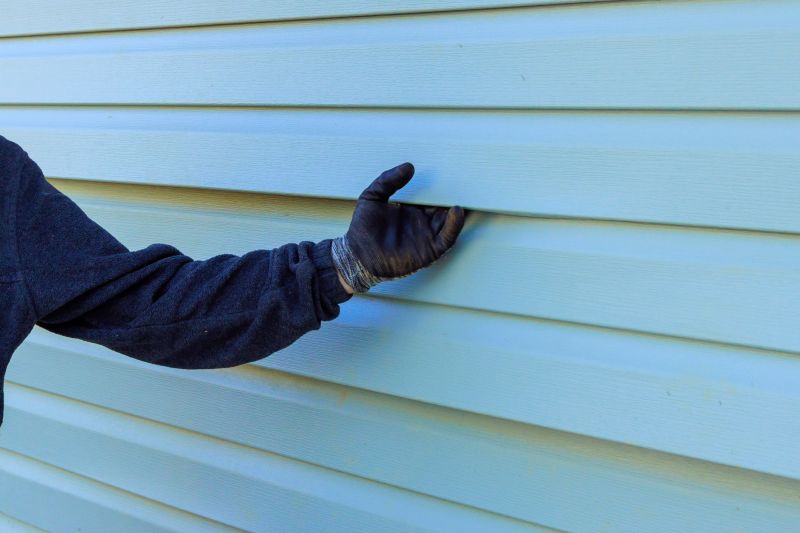
Quick checks and paperwork to keep after Siding Service.
Interested property owners in Redmond, WA, can consider scheduling siding services during the most suitable seasons to ensure durability and quality. Proper timing, combined with professional installation, can contribute to the longevity and aesthetic appeal of the siding. For further information or to discuss specific project timelines, contact professionals experienced in local climate conditions.


